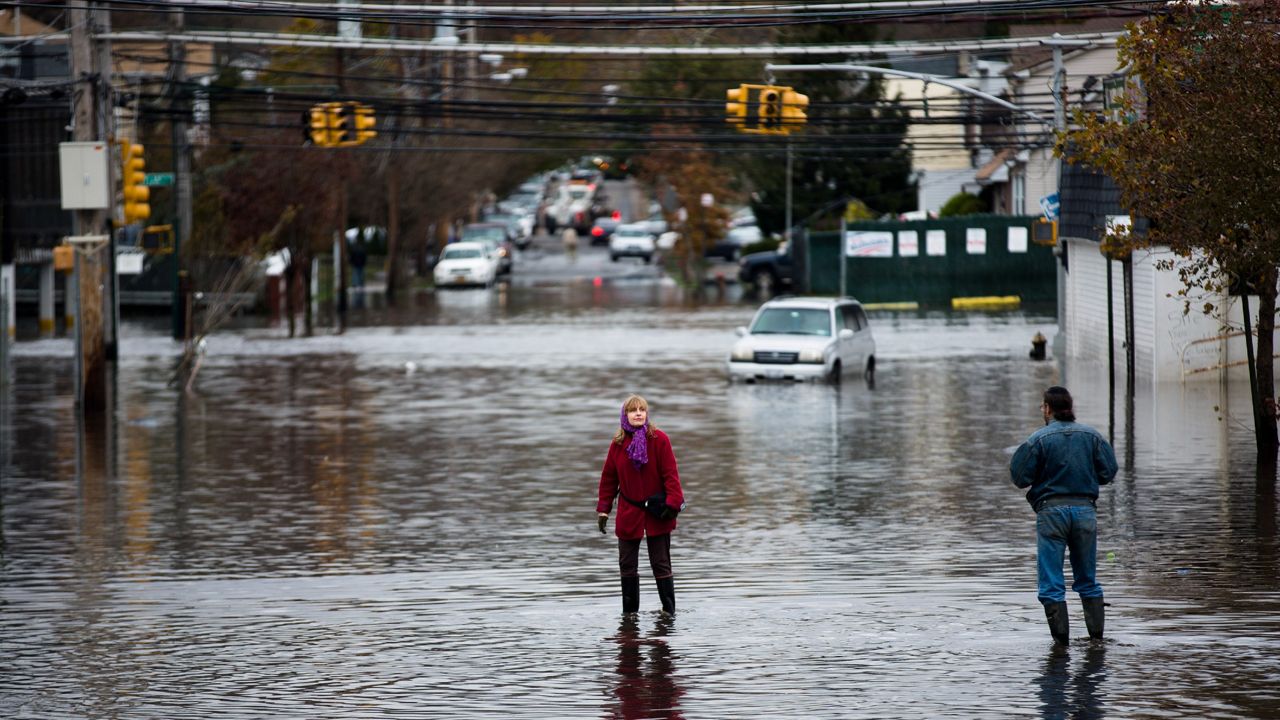Bobby Fischer said the the storm surge from Hurricane Sandy was higher than six feet along Midland Avenue, completely gutting all four of the properties he rents out.
“Last year, I paid $34,000 in flood insurance alone,” he explained.
Fischer said he’s waiting for the Army Corps of Engineers to build five-and-a-half miles of sea wall along Staten Island’s east shore to protect his property. Initially, it was supposed to be completed this year.
"If you were sick and you need blood, you don't need it in two weeks, you need it in an hour and I think that is the situation we are in,” explained Fischer.
Staten Island Borough President James Oddo and Congresswoman Nicole Maliotakis Monday tried to focus attention on the delay without blaming anyone.
“We need urgency and an unprecedented level of cooperation from everyone,” Odo said.
The problem is rooted in long contaminated land near Great Kills Park.
Historically, it was used for waste disposal.
So chemicals and even radiation from medical devices polluted the area that needs to now be cleaned before construction can begin.
The mayor Monday highlighted the need for action now.
"We really have to have the federal government involvement. We need the Army Corps of Engineers, the parks service, whatever combination, the Interior Department, whatever combination to get it done, but we must get it done,” said Mayor Bill de Blasio.
Th U.S. Army Corps of Engineers said it needs special federal permission to clean the site and added that the seawall is now on schedule to be finished in 2026.
“Another year, another year, another year. It gets stressful,” said Fischer.
For Fischer, that equals five more years of high premiums on flood insurance and five hurricane seasons to worry about.
"If they lived here personally, they would know what it feels like physically and mentally to deal with this,” Fischer said.



